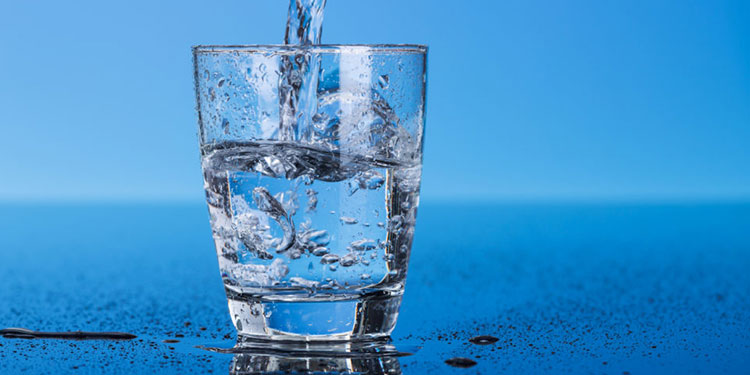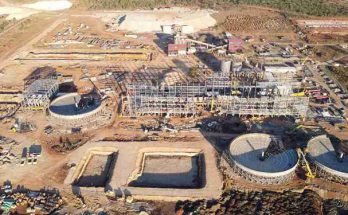 Nairobi-based firm Omiflo has created an efficient wastewater treatment system using the power of plants. Additionally, it is appealing.
Nairobi-based firm Omiflo has created an efficient wastewater treatment system using the power of plants. Additionally, it is appealing.
Visitors to Nairobi’s Giraffe Centre can feed Africa’s tallest giants by hand pellets made from molasses. It is one of the most popular tourist attractions in the area and has played an important role in the conservation of the critically endangered Rothschild giraffe. It’s only fitting that the centre is also home to another conservation project, this one aimed at preserving an increasingly scarce natural resource: water.
“[The Giraffe Centre] needed something that fit its ideology and was environmentally friendly. According to Mshila Sio, the founder of Kenyan firm Omiflo, “It’s a really wonderful project and is saving them a lot of money as well. The business has set up a plant-based hydroponic system at the location that filters wastewater so that it can be utilised for things like landscaping and toilet flushing. Omiflo was one of the 16 winners this year of the No Waste Challenge, which was organised by the global design organisation What Design Can Do.
In Kenya, access to clean water and sanitary conditions are major issues. Only 29% of Kenyans, a percentage that has decreased 5% since 2000, have access to basic sanitation, according to Unicef. With a projected increase in urban population from 12 million to 40 million by 2050, there are significant consequences for water use and wastewater management in Kenya’s cities. Only 40% of Nairobi is now connected to a sewage system.
“Wastewater treatment is usually an afterthought,” Sio says, explaining why he founded the company. “Traditional technologies simply do not make sense for a developing country.” They are too expensive, too complicated, and consume too much energy. They’re not up to the task.”
In contrast, the Omiflo system may be constructed and maintained without the use of electricity, chemicals, or a lot of gardening expertise. Plants called Typha, or “cattails,” float on the surface of ponds and take in oxygen from the surrounding air. Then, through the roots of the plants, it is injected into the wastewater, restoring the health of the water bodies and generating lovely natural areas. The self-sustaining system has been created to be scalable, operating for a variety of environments, from small projects and eco-lodges to bigger developments and municipalities.
Investment ultimately came from a wide range of sources. Sio was one of the recipients of a grant from the Young African Leaders Initiative of President Obama in 2014, and she also received support from friends and family, as well as money from a Dutch minister of foreign affairs programme. In addition to the first pilots, this funding allowed Omiflo to construct its own “biocenter” in Nairobi. The original aim was to have a location to grow the plants, demonstrate how the system works, and do additional research, but it has evolved into much more.
Sio hopes to build a nationwide system that will provide a solution for the network of trucks that empty residents’ septic tanks in the future. According to Sio, the drivers are paid to transport the waste to a proper treatment facility, but many of them instead dump it in nearby rivers. Omiflo has also received interest in its solution from South-East Asia and Mexico, where the company is collaborating on a project with another What Design Can Do finalist. Eventually, the team hopes to create a licenced solution that is nearly ‘plug and play.’
“We want to create models that can be replicated anywhere,” Sio explains. “We can only do so much in Kenya, but the problem is widespread in the developing world.” I want to alter people’s perceptions of wastewater. It is not waste; it has the potential to be very valuable, even beautiful.”




